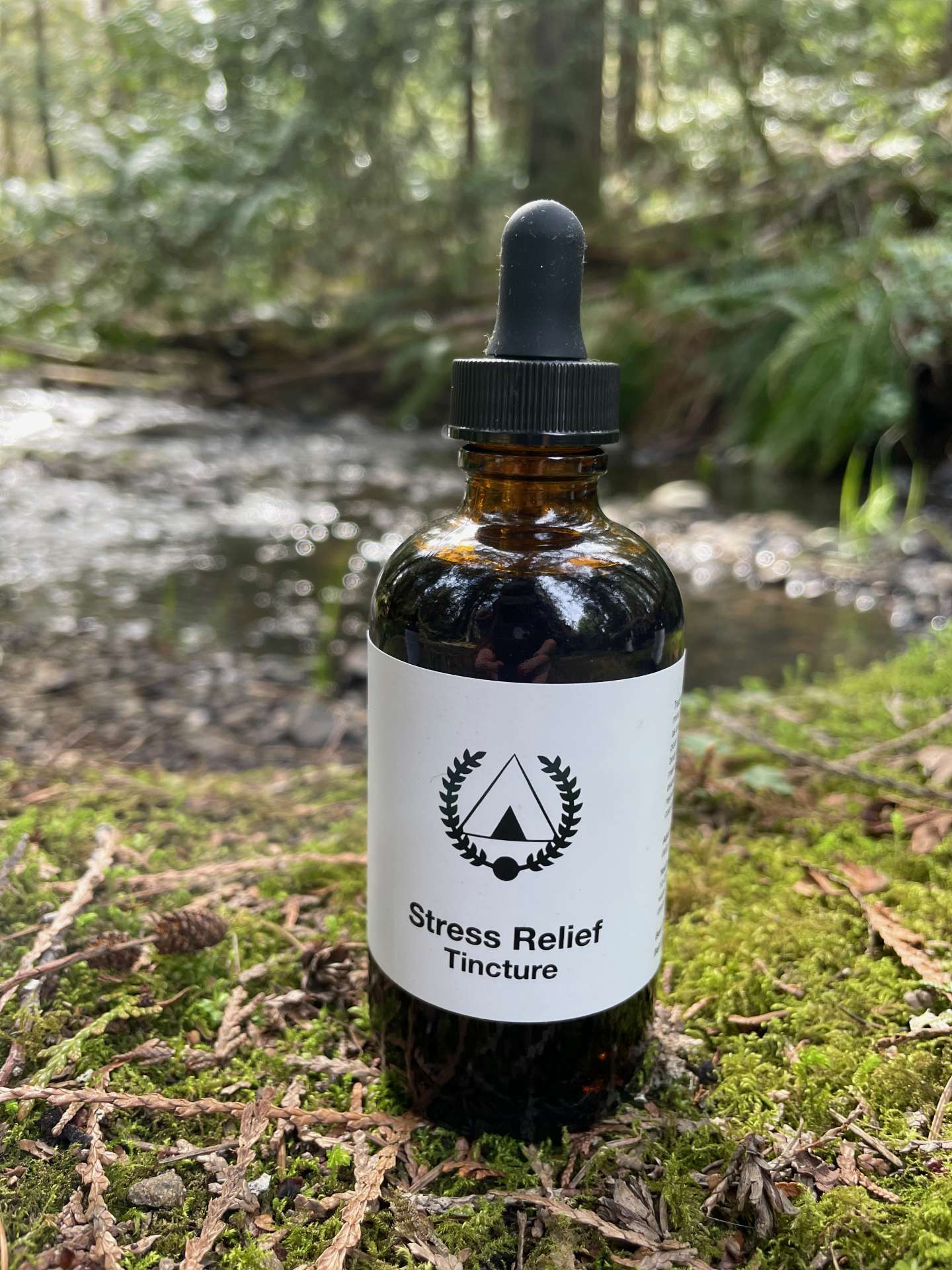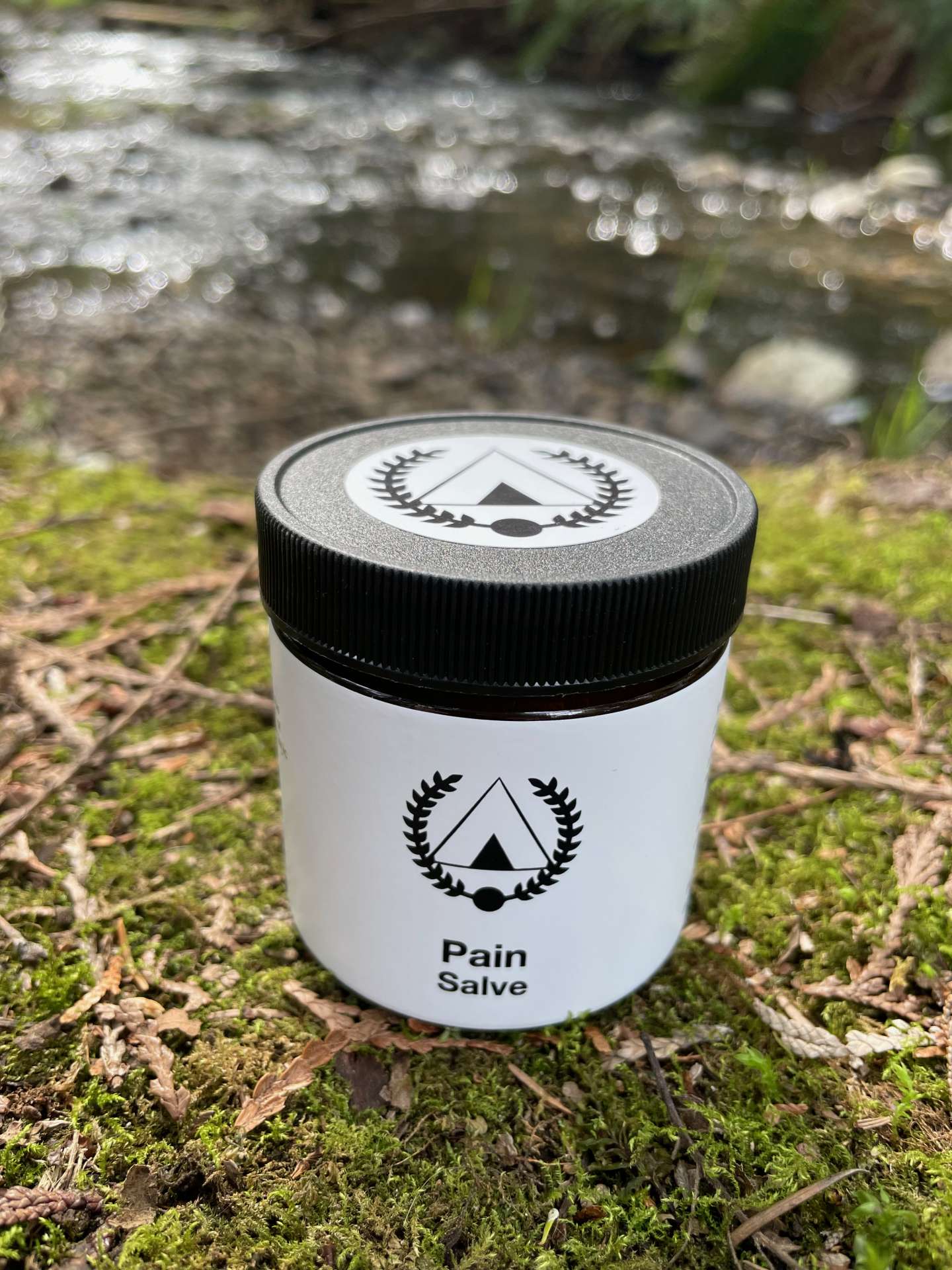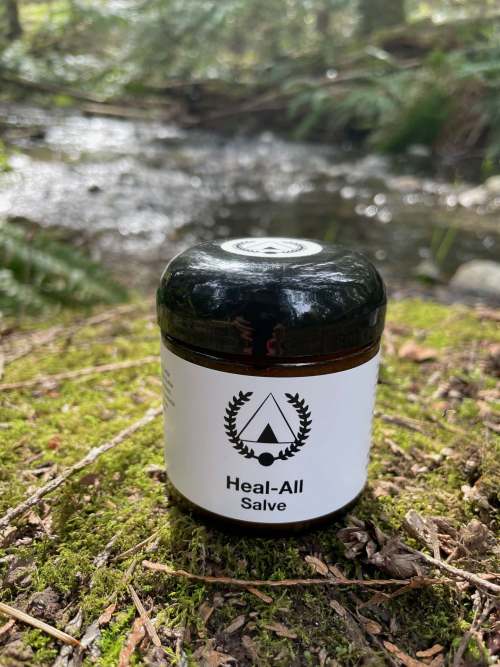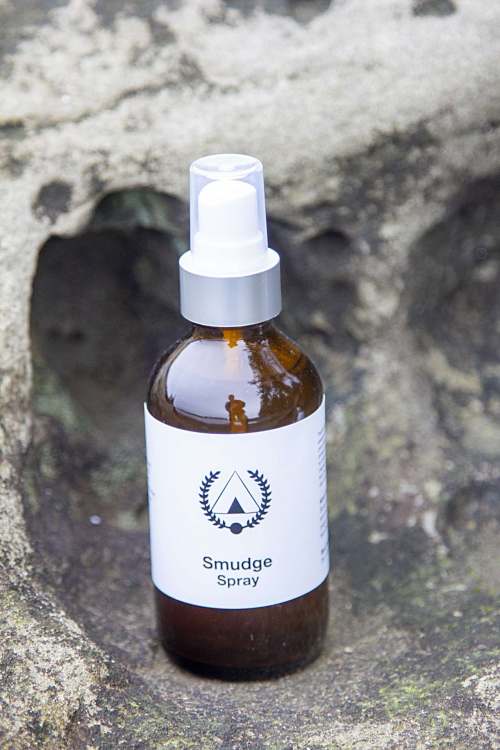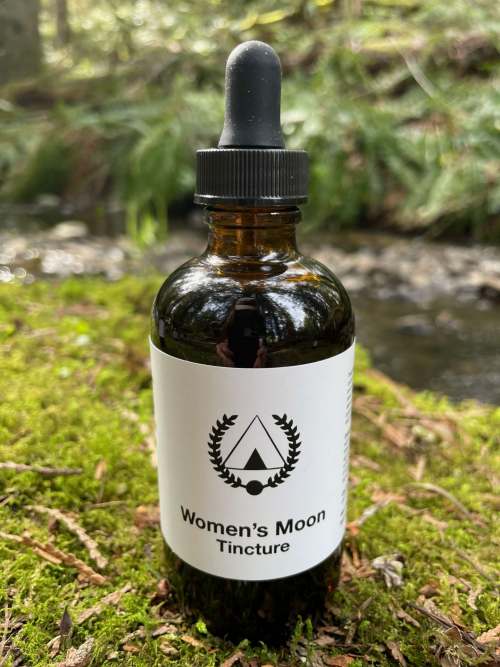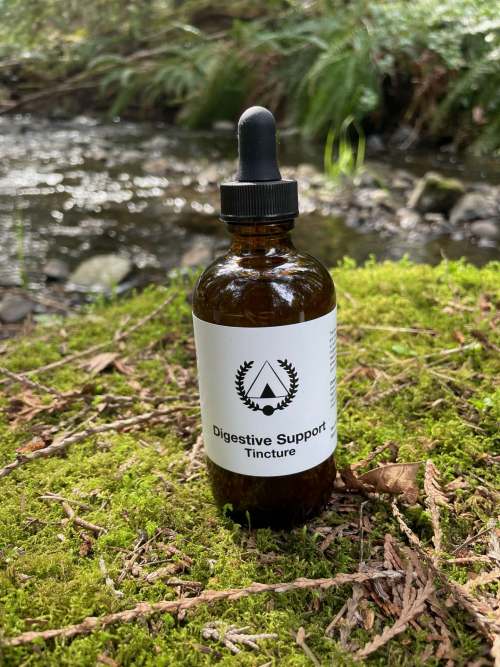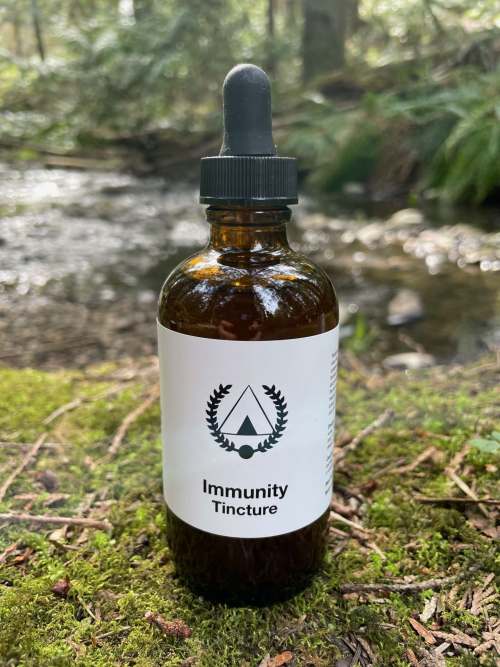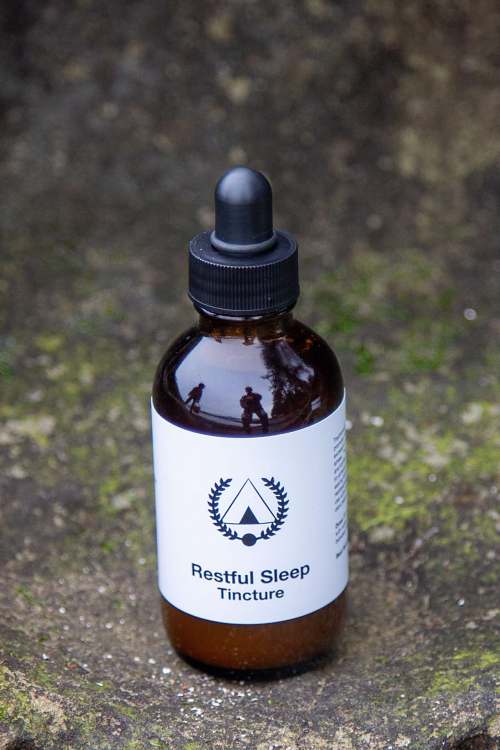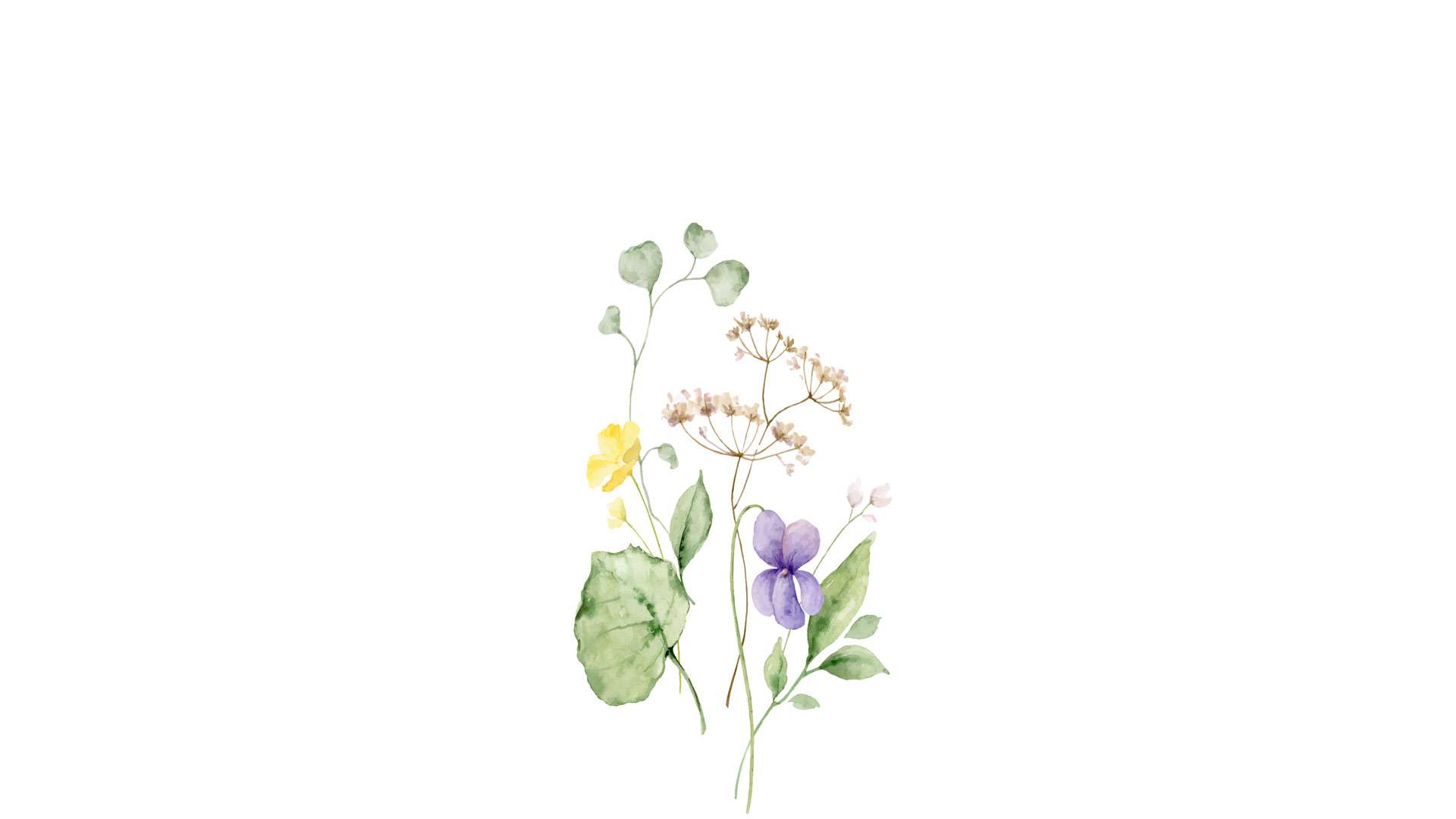PAIN SALVE
Ingredients: Wild Black Cottonwood Bud (Populus trichocarpa) Infused in Organic oils of Cacao (Theobroma cacao), Coconut (Cocos nucifera), and Olive (Olea europaea) with Organic Beeswax
Traditionally used to reduce inflammation and relieve pain. This remedy reduces swelling, prevents infection, and promotes skin regeneration. Rub on sore muscles and strains as needed. Store in a cool and dark place.
Plant Medicine Details:
I harvest Black Cottonwood (Balsam Poplar) from the Lower Mainland and traditional territories of the Musqueam, Squamish, and Tsleil-Waututh peoples during the winter months. The buds are collected from fallen branches on the forest floor, washed, and prepared fresh over a low-heat infusion into the blend of oils designed to take the medicine deeper into the tissues.
The salicylates, relatives of aspirin found in Balsam Poplar, act topically as anti-inflammatory agents; and the aromatic resins act as vasodilators, antimicrobials, and stimulants to skin proliferation. The salve can be applied to sprains, hyperextensions, and arthritic joints. Balsam Poplar is a simple, reliable, and predictable pain and swelling treatment. The salve has been used for burns by Native Americans and Europeans (Balm of Gilead) for millennia. It lessens pain, keeps the surface antiseptic, and also stimulates skin regeneration (Moore, 1993). This application for burns also makes the salve useful in the healing of tattoos.
The Hesquiat, Nuu-chah-nulth, and Ditidaht picked the buds in the spring and boiled them in deer fat to make a fragrant salve, which was molded into the bulbous float of Bull Kelp. The Nuxalk used the gum from the buds in preparations for baldness, sore throats, whooping cough, and tuberculosis. The buds were used as a poultice for lung pains and rheumatism, and the old rotten leaves were boiled and used in a bath for body pains, rheumatism, and stomach trouble. The Stl’atl’imx and Tahtlan used Cottonwood as fuel for smoking fish. Cottonwood was thought by the Squaxin to be an antiseptic plant, they placed the bruised leaves on cuts and made an infusion from the bark for sore throats. The Quinalt placed the gum that exudes from the burls of Cottonwood directly on cuts and wounds and took a bark infusion for tuberculosis (Pojar & MacKinnon, 1994).
Warming and stimulating resins in the buds stimulate lung secretions to expel mucous, speed the healing of infections, and increase the circulation of blood to the exterior. Bitter salicylates in the buds and twigs reduce inflammation and relieve pain. Drink a tea of the bitter twigs for added effect. The bud salve reduces swelling, prevents infection, and promotes rapid skin cell regeneration. On the emotional level, the deep anchoring and solidity of this tree is a signature of its ability to impart calmness. Black Cottonwood teaches us to radiate quiet dignity and to receive and transform chaotic energies (Kloos, 2017).
Best Before: 2 years
Size: 4oz/119ml
Price: $50.00
Weight & Dimensions: 223g – 7cm x 7cm x 6cm
References:
Kloos, S. (2017). Pacific Northwest Medicinal Plants. Timber Press.
Moore, M. (1993). Medicinal Plants of the Pacific West. Museum of New Mexico Press.
Pojar, J., & MacKinnon, A. (1994). Plants of the Pacific Northwest Coast. Lone Pine.
 The material provided on this website is intended for educational and informational purposes only, and has not been evaluated by Health Canada. The information provided on this site is not intended to diagnose, treat, or cure medical conditions, and is not a substitute for a professional medical opinion. If you have a medical problem, please contact your herbalist or health care professional. If you are taking prescription medications or drugs please consult with your herbalist or health care professional before using herbal medicines to ensure efficacy and safety. All of the products on this site are food grade, made naturally and organically without synthetic chemicals, and food safety is exercised in the manufacturing process.
The material provided on this website is intended for educational and informational purposes only, and has not been evaluated by Health Canada. The information provided on this site is not intended to diagnose, treat, or cure medical conditions, and is not a substitute for a professional medical opinion. If you have a medical problem, please contact your herbalist or health care professional. If you are taking prescription medications or drugs please consult with your herbalist or health care professional before using herbal medicines to ensure efficacy and safety. All of the products on this site are food grade, made naturally and organically without synthetic chemicals, and food safety is exercised in the manufacturing process. The material provided on this website is intended for educational and informational purposes only, and has not been evaluated by Health Canada. The information provided on this site is not intended to diagnose, treat, or cure medical conditions, and is not a substitute for a professional medical opinion. If you have a medical problem, please contact your herbalist or health care professional. If you are taking prescription medications or drugs please consult with your herbalist or health care professional before using herbal medicines to ensure efficacy and safety. All of the products on this site are food grade, made naturally and organically without synthetic chemicals, and food safety is exercised in the manufacturing process.
The material provided on this website is intended for educational and informational purposes only, and has not been evaluated by Health Canada. The information provided on this site is not intended to diagnose, treat, or cure medical conditions, and is not a substitute for a professional medical opinion. If you have a medical problem, please contact your herbalist or health care professional. If you are taking prescription medications or drugs please consult with your herbalist or health care professional before using herbal medicines to ensure efficacy and safety. All of the products on this site are food grade, made naturally and organically without synthetic chemicals, and food safety is exercised in the manufacturing process.
